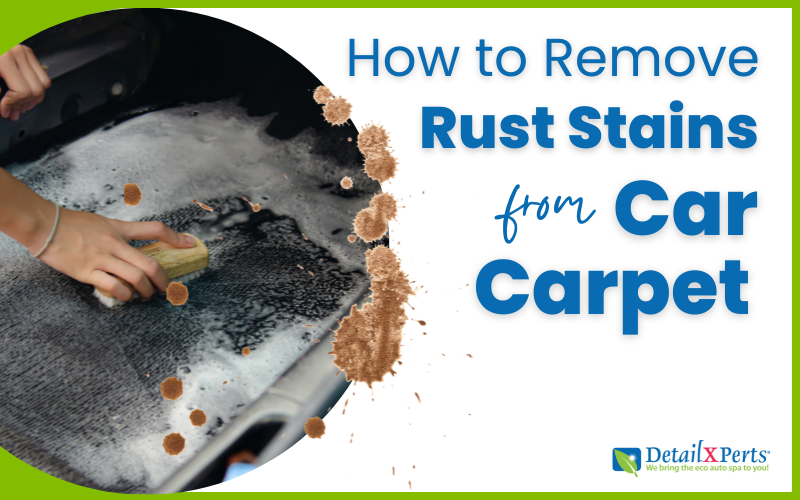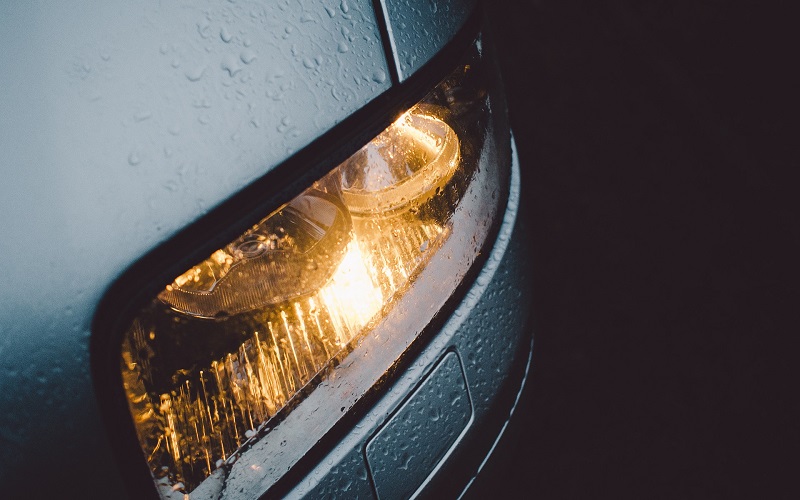Wet sanding is a widely used method to fix a range of cosmetic issues a car might have. However, this type of solution is considered ‘aggressive’. Thus, it is important to know the technique behind it. Before performing wet sanding, make sure to properly assess if the vehicle really needs it. Below are four problems that wet sanding can fix.
Four Problems That Wet Sanding Can Fix
Scratches
Without a doubt, scratches will inevitably find their way onto your car. This can be a real issue because scratches mar the nice finish of a car’s paint job. Scratches and other surface damage like watermarks are easily removed by the process. However, this should only be used as a last resort.
There are multiple reasons that cause scratches to appear on cars, including rapid changes in temperature. Over time the changes in weather can cause small cracks to start appearing on your car. The other commons causes that lead to paint damage – rocks, dirty cleanings rags, dirt, etc. Additionally, waxing your car adds a protective layer to the surface of your paint to help avoid damage.
Rust Spots
Rust spots – another common issue that wet sanding can resolve. A car’s surface can easily become covered in rust spots if left untreated over time. Cars with peeled paint, scratches, or swirls are more susceptible to rust because of the bare metal reacting with oxygen and the humidity.
Substances like salt can also make it easier for rust to form on cars as well. Open spots of metal, especially if you live near an ocean, can rust faster due to the high salt conditions. Additionally, during the winter rust can form easily. The salt on the roads to prevent freezing reacts with exposed metal as well. Ultimately, no car is immune to rust. No matter where you live it can happen to you, particularly with older vehicles.
Car Headlights
The two most common issues that wet sanding fixes when it comes to headlights is cloudy headlights and scratches on the plastic surface. Foggy headlights are a result of constant sunlight exposure and grime. However, it is one of the easiest to fix!
Headlights scratches occur over time, and deeper ones usually will not come off with regular cleaning. Deeper scratches typically require a lot more effort to eliminate. It normally needs more sanding. Moreover, you need to add a compound solution to the wet sandpaper. To prevent scratches, apply a scratch-resistant compound on a regular basis. Waxing the headlights as well can also prevent road debris from creating more damage.
Gel Coat Cracks
Boat owners experience this issue. Gel coat cracks or ‘spidering’ are a common problem with today’s fiberglass boats. Luckily, wet sanding solves this issue as well. These cracks are just visually unpleasing at first, however, if left alone can hurt the integrity of the boat.
Manufacturing defects, environmental challenges, and even stress and movement cause gel coat cracks in boats. Additionally, it’s also possible for these rifts to happen simply due to regular use. There are 3 types of gel coat cracks. These occur due to impact, linear cracks caused by flexural strain, and thermal fatigue cracks that occur when the gel coat consistently expands or contracts. Overall, it is impossible to completely avoid the problem from occurring over time, but it can be reduced by countersinking holes through the gel coat.
Conclusion
Not all of the above issues are easily preventable, and can still occur no matter how cautious you are with your vehicles. These tend to be the four most common issues that occur, and wet sanding offers a solution. If you would like a more in-depth guide on how to fix these issues with wet sanding click here.
Sanding a car is not an easy process and requires the proper care and time. DetailXPerts, an eco-friendly, mobile detailing company offers specialty services, including wet sanding. Visit us today and let our highly-trained technicians take care of the problem for you.
Enjoyed this post? Sign up for our newsletter to receive more valuable tips, ideas, coupons, and extras!





